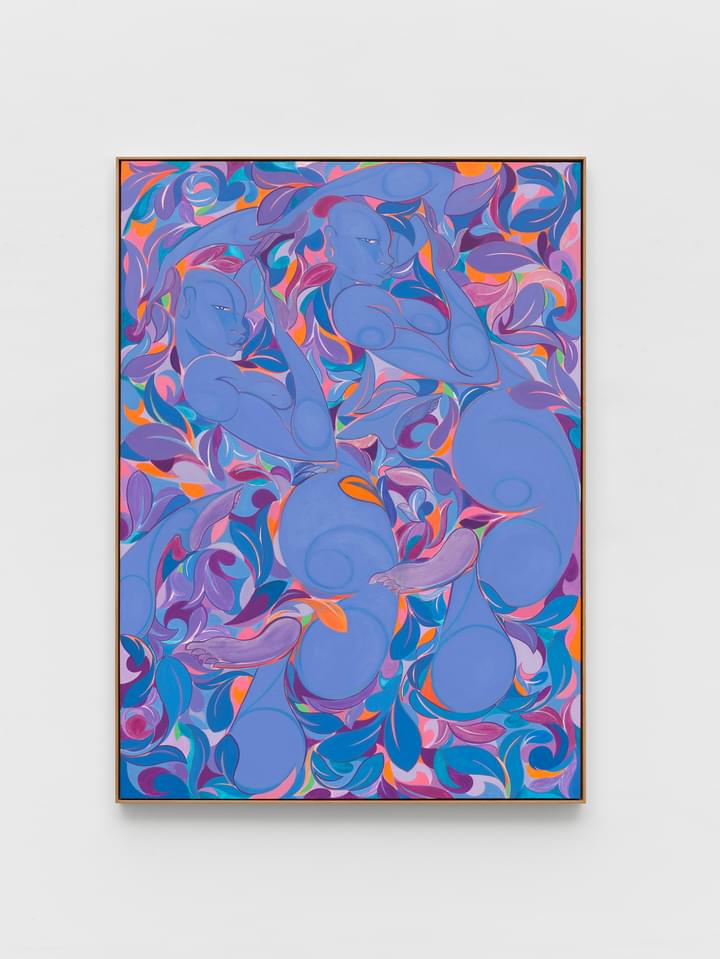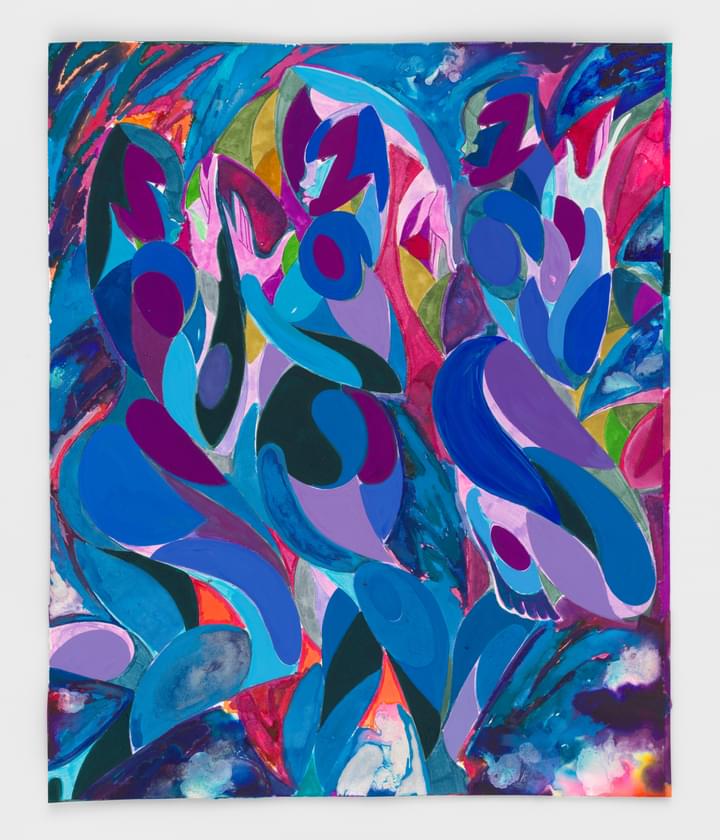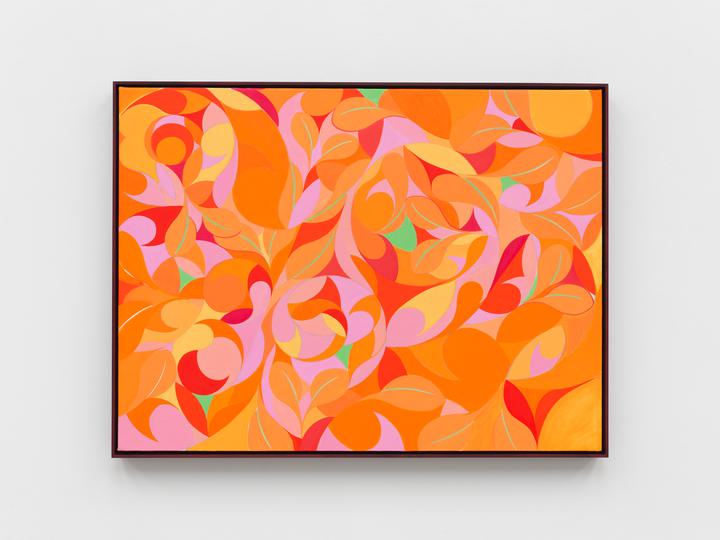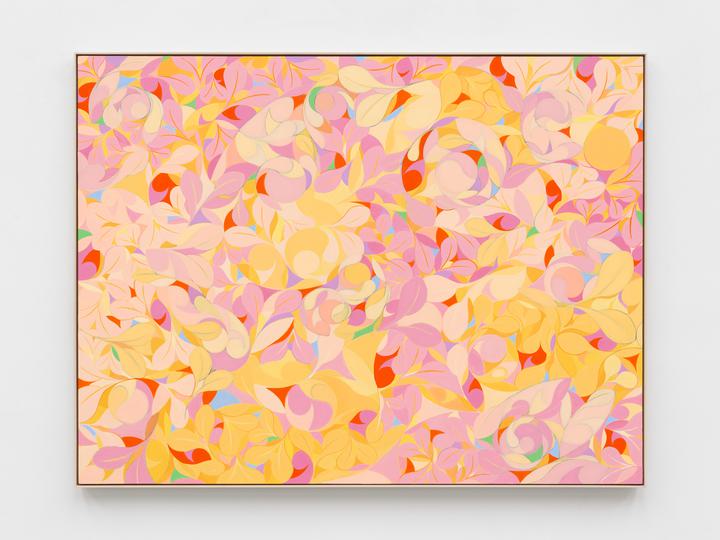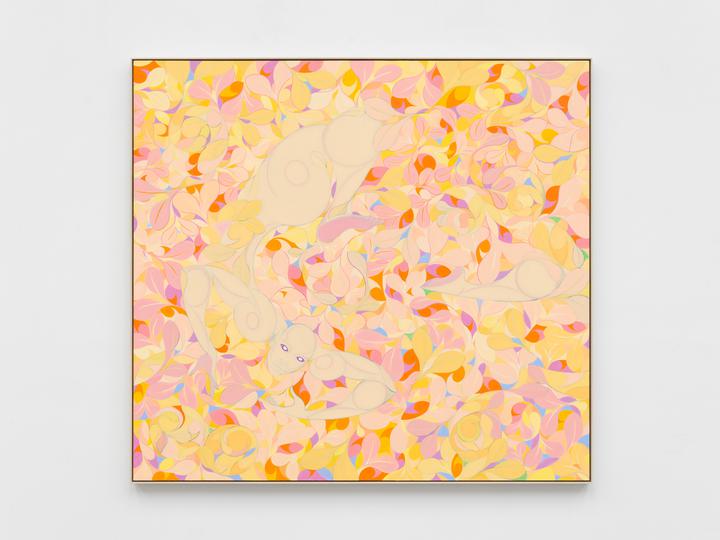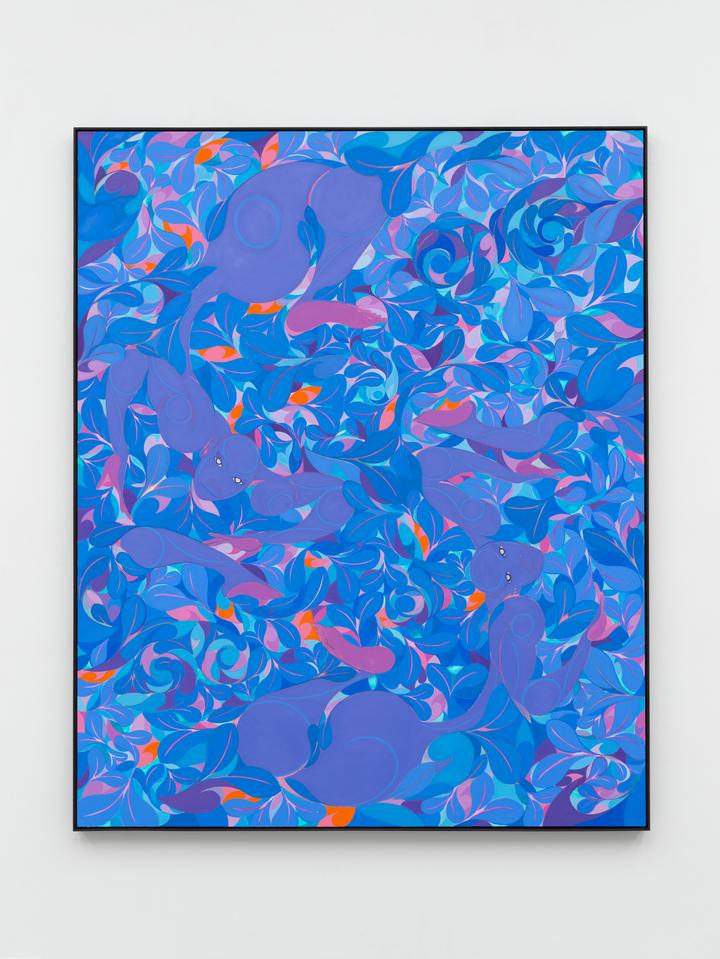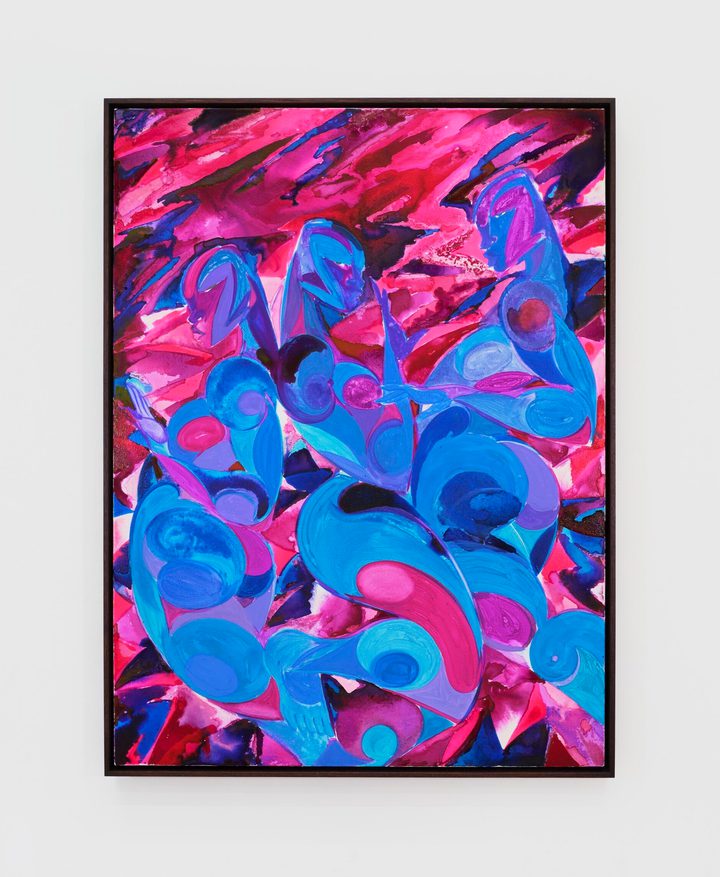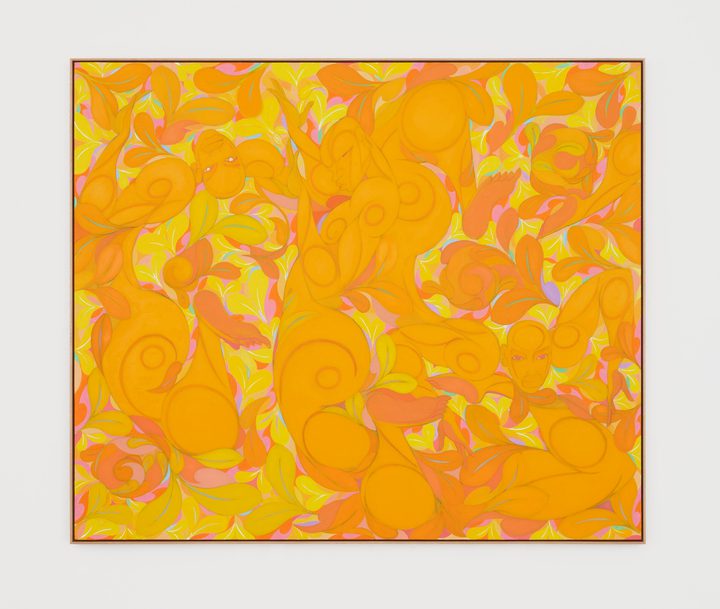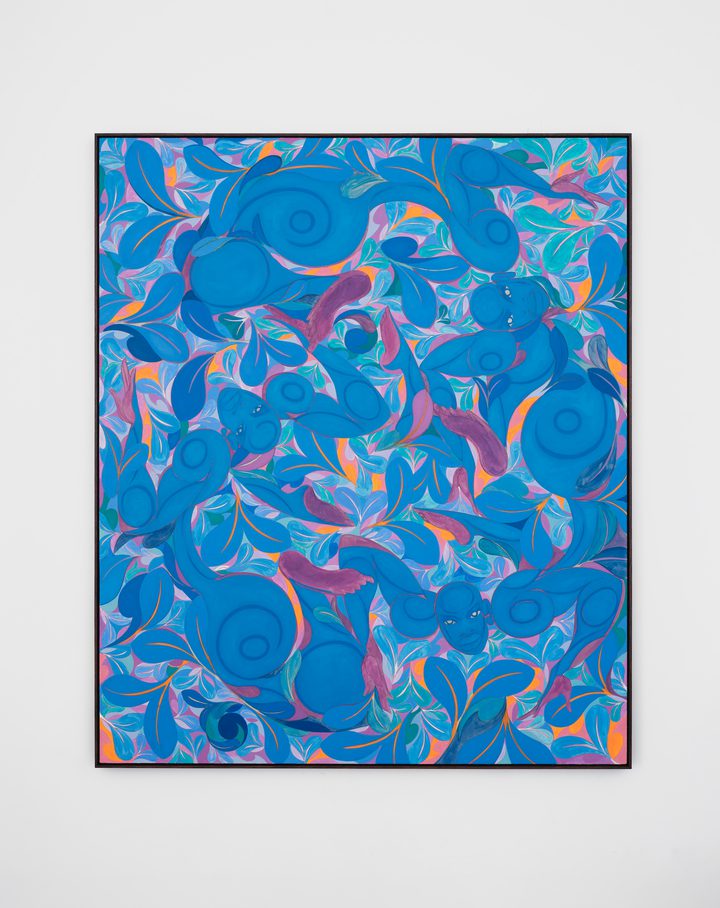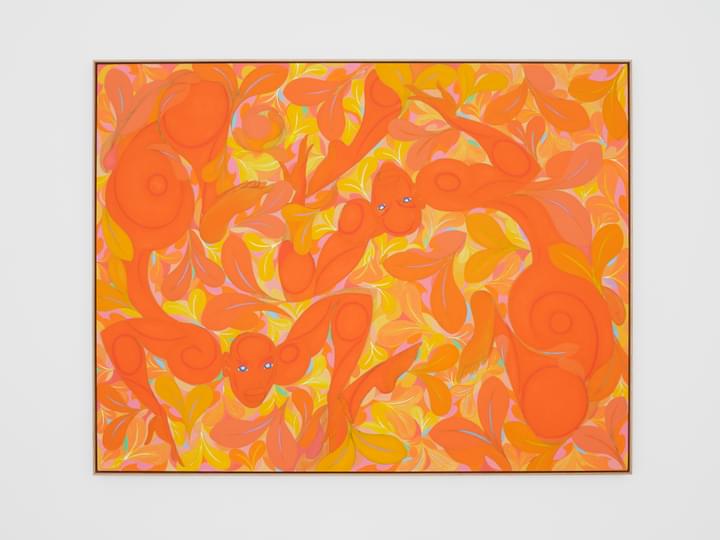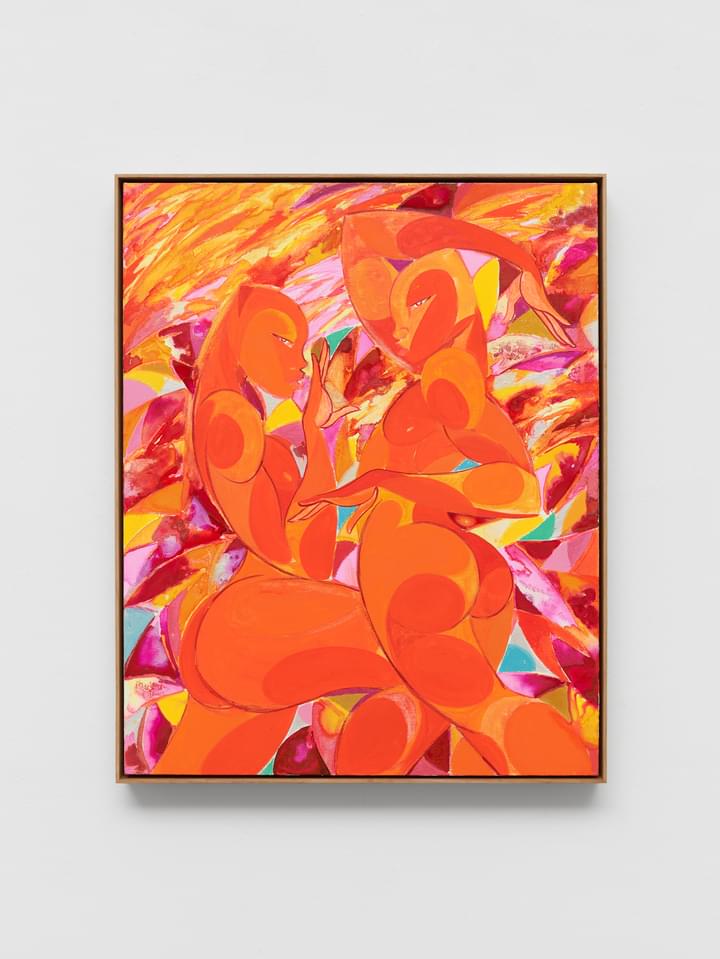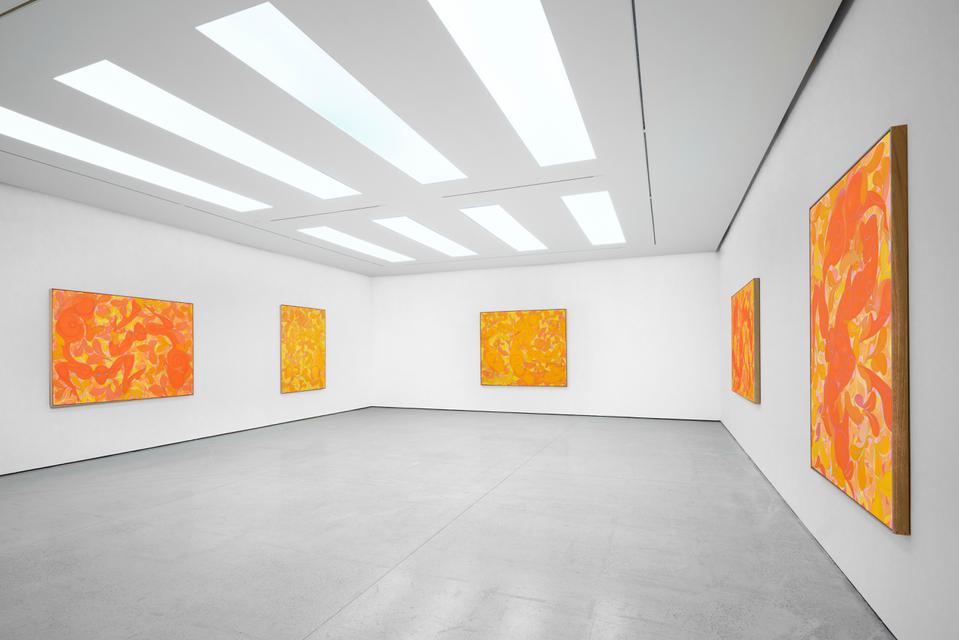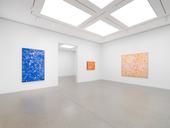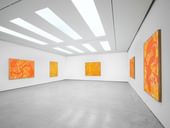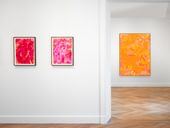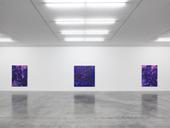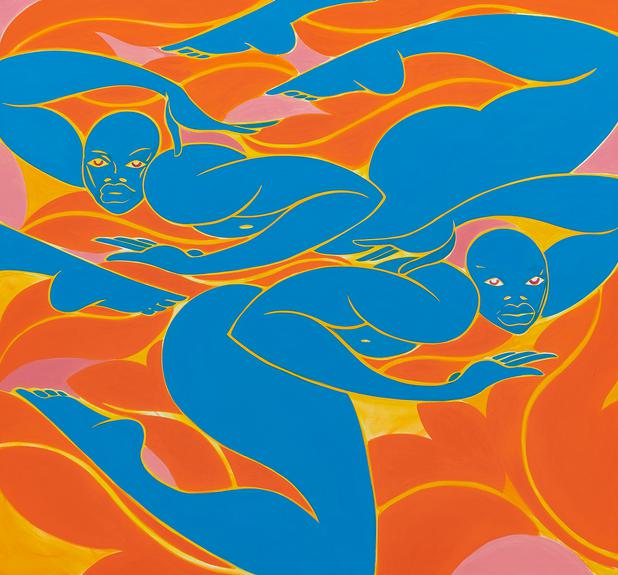
Twin Virtues in Blue & Orange, 2021
Tunji Adeniyi-Jones
Lives and works in New York
B. 1992
Artworks
Available Artworks
Tunji Adeniyi-Jones
Three Figures (Amber Sky), 2024
Price upon request

Contact us about available Tunji Adeniyi-Jones works
Films
Tunji Adeniyi-Jones at Venice Biennale 2024
Tunji Adeniyi-Jones presents a new site-specific installation titled ‘Celestial Gathering’ (2024) as part of ‘Nigeria Imaginary’ for the Nigeria Pavilion at the 60th Venice Biennale 2024.
Tunji Adeniyi-Jones at Venice Biennale 2024
Tunji Adeniyi-Jones presents a new site-specific installation titled ‘Celestial Gathering’ (2024) as part of ‘Nigeria Imaginary’ for the Nigeria Pavilion at the 60th Venice Biennale 2024.
Darren Clarke on Tunji Adeniyi-Jones 'Astral Reflections'
Darren Clarke, Head of Collections, Research and Exhibitions at the Charleston Trust introduces Tunji Adeniyi-Jones' exhibition, 'Astral Reflections' at Charleston (2021 – 2022).
Tunji Adeniyi-Jones and Dr Jareh Das at The Africa Centre
Dr Jareh Das talks to Tunji about his experiences as a London-born artist studying in America, the work of Harlem Renaissance painter Aaron Douglas, and the multiple art historical threads that link the silhouette.
5 Questions with Tunji Adeniyi-Jones
Tunji answers 5 questions on his creative process and the music and texts that inspire his artworks.
Exhibitions
Gallery Exhibition
Tunji Adeniyi-Jones
Immersions
10 January – 22 February 2025
Gallery Exhibition
Tunji Adeniyi-Jones
Deep Dive
22 March – 20 May 2023
Gallery Exhibition
Tunji
Adeniyi-Jones
Voix Intérieures
9 September – 7 October 2022
Gallery Exhibition
Tunji Adeniyi-Jones
That Which Binds Us
19 November 2021 – 9 January 2022
News
Find out more12 October 2024 | 1-54 Contemporary African Art Fair
Tunji Adeniyi-Jones and Harland Miller create limited editions for the Paris 2024 Olympic Games
Posted: 3 May 2024
20 April - 24 November 2024 | Venice, Italy
16 September 2021 - 13 March 2022
Bookshop
Browse the BookshopCreate an Account
To view available artworks and access prices.

